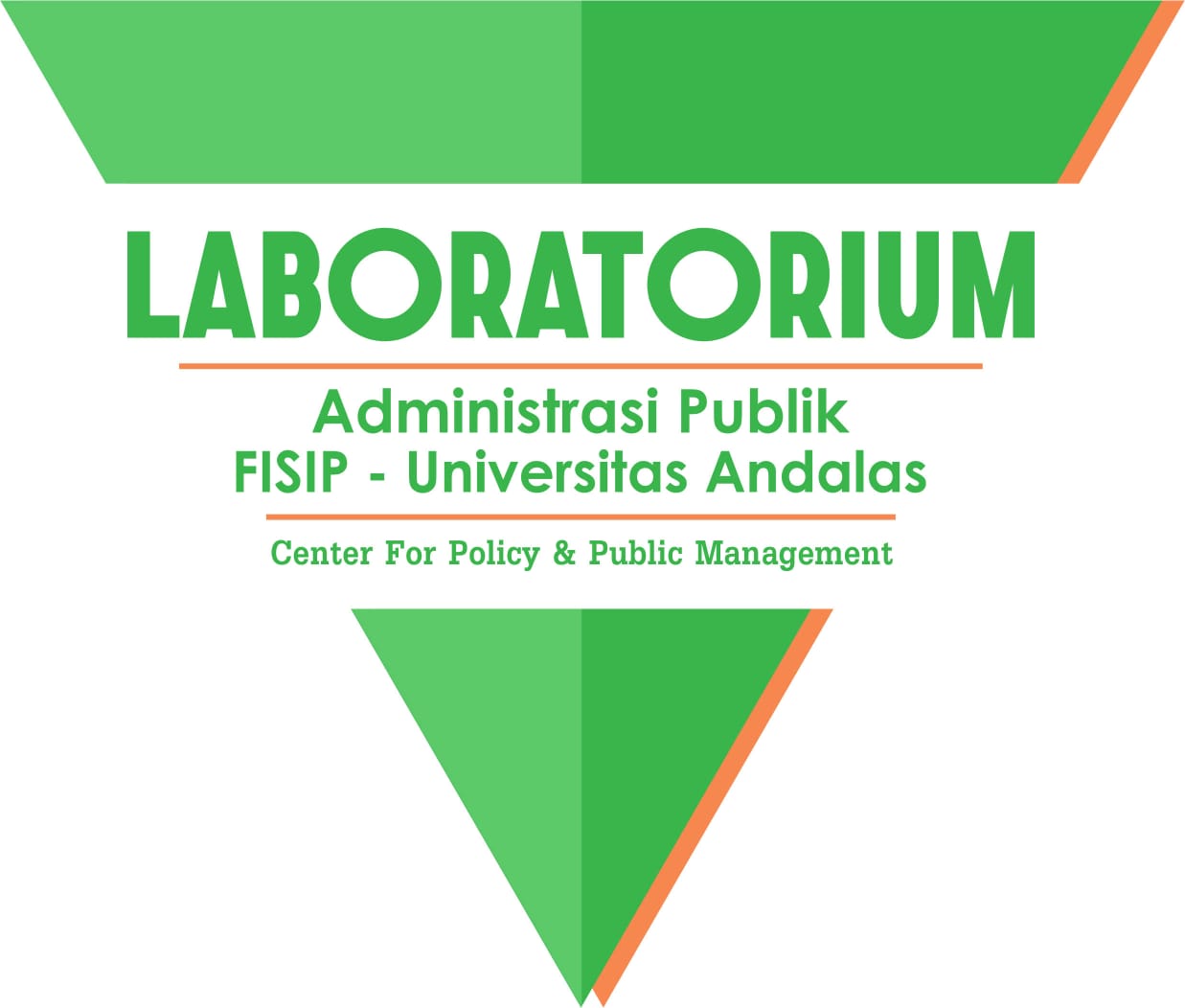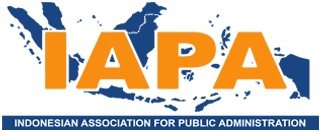Analisis Penerapan Disiplin Pegawai Negeri Sipil di Lingkungan Pemerintah Kabupaten Kotawaringin Barat
Abstract
One indication of the low quality of civil servants is the existence of disciplinary violations within the West Kotawaringin Regency Government. Constraints faced by a Civil Servant in the application of Civil Servant discipline are the lack of strict sanctions given by the authorized official and the erosion of Civil Servant discipline. The purpose of this study is to analyze the application of civil servant discipline based on Government Regulation No. 53 of 2010 concerning Civil Servant Discipline and analyze the factors that encourage and hinder the discipline of Civil Servants in the West Kotawaringin Regency Government with reference to the theory proposed by Nitisemito, namely Purpose and Ability, Leading Example, Prosperity, Threat and Assertiveness. This research method is qualitative. Data was collected through interviews, observation and documentation, the selection of informants was carried out by purposive sampling, namely the selection of informants with the consideration that the informants really knew or were directly involved with the research focus. The data analysis technique used is data reduction, data presentation and conclusion drawing. The solution to the disciplinary problem is the existence of sanctions or strict action if a Civil Servant is proven to have committed a disciplinary violation which aims to provide a deterrent effect and shock therapy so that other Civil Servants do not imitate or commit more serious violations.
Downloads
References
Afrizal. (2015). Metode penelitian kualitatif. Jakarta: PT. Rajagrafindo Persada. Business Marketing.
Donnelly, dkk (2000). Organizations,Behavior Structure Processes, Tenth Edition, United States Of America: Me Graw-Hill.
Fahmi, I. (2011). Analisis kinerja keuangan. Bandung: Alfabeta.
Gomes, F.C. (2000). Manajemen Sumber Daya Manusia. Cetakan Keempat. Yogyakarta. Handoko, T.H. (2014). Manajemen personalia dan sumber daya manusia. Yogyakarta : BPFE.
Hariandja, M.T.E. (2002). Manajemen sumber daya manusia. Jakarta: Grasindo. Hartini, S. (2014). Hukum Kepegawaian Di Indonesia. Jakarta: Sinar Grafika.
Hasibuan, M.S.P. (2013). Manajemen sumber daya manusia. Jakarta: Bumi Aksara. Heidjrachman, R. (1990). Manajemen Personalia Yogyakarta: BPFE.
Ivancevich, J.M. ( 2001 ) Human Resource Management. New York: Foundation Of Personal, Richard D. Irwin. Inc
.
Leroy S.U, dkk (2017). Materi pokok sumber daya manusia. Tangerang Selatan: Universitas Terbuka.
Listiyarini, S. (2019). Panduan penulisan proposal dan TAPM. Tangerang Selatan: Universitas Terbuka.
Mangkunegara, A.R. (2013). Manajemen sumber daya manusia perusahaan. Bandung: PT. Remaja Rosdakarya.
Moenir, H.A.S. (2006). Manajemen Pelayanan Umum Di Indonesia. Jakarta: Bumi Aksara. Nasution, M.N. (2001). Manajemen Mutu Terpadu. Bandung : Sinar Baru.
Nitisemito, A.S. (1996). Manajemen Personalia (Manajemen Sumber Daya Manusia), Edisi Ketiga. Jakarta: PT. Ghalia Indonesia.
Peraturan Bupati Kotawaringin Barat Nomor 14 Tahun 2020 tentang Tambahan Penghasilan Pegawai Aparatur Sipil Negara Di Lingkungan Pemerintah Kabupaten Kotawaringin Barat.
Peraturan Kepala Badan Kepegawaian Negara Nomor 21 Tahun 2010 Tentang Ketentuan Pelaksanaan Peraturan Pemerintah Nomor 53 Tahun 2010 Tentang Disiplin Pegawai Negeri Sipil.
Peraturan Pemerintah Nomor 53 Tahun 2010 Tentang Disiplin Pegawai Negeri Sipil.
Rivai, V. (2004). Manajemen Sumber Daya Manusia Untuk Perusahaan. Jakarta : PT. Raja Grafindo Persada.
Saroso, S. (2012). Penelitian kualitatif. Jakarta Barat: PT. Indeks.
Undang-Undang Nomor 5 Tahun 2014 Tentang Aparatur Sipil Negara.
Copyright (c) 2022 Sofia Adyani

This work is licensed under a Creative Commons Attribution-NonCommercial-ShareAlike 4.0 International License.










